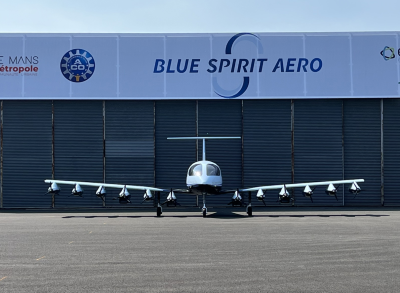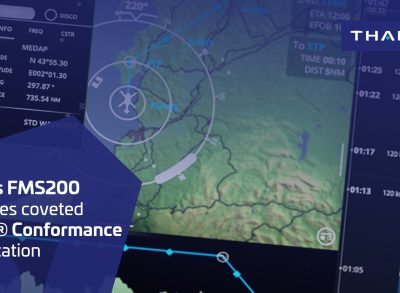Immediate boarding for the hyperconnected future
The Consumer Electronics Show, which is held every year in Las Vegas, USA, is an ideal place to identify new trends in the consumer electronics market and is also a source of inspiration to imagine those to be used in the aerospace domain in the near future. Sébastien Ellero, an advanced studies engineer for Thales’s cockpit activity looks back on the most notable innovations at this year’s CES.
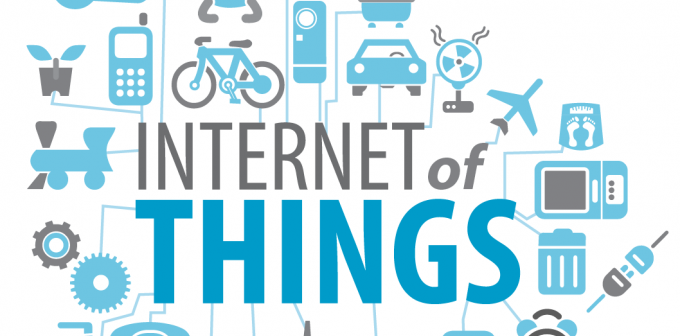
What was this year’s biggest trend?
Connected objects were at the forefront of CES 2015. The president of Samsung was vocal in his enthusiasm for this new era in his opening speech. After the Web 2.0 phase, characterized by social networks, we are now in the age of the internet of objects (3.0) with sensors measuring everything and communicating between each other. This is the advent of hyperconnectivity.
Come 2017, Samsung foresees that 97% its products will be connected, rising to 100% in 2020. With delivery to date of 665,000,000 products at the rate of twenty per second, Samsung well intends to be a leading player of the domain.
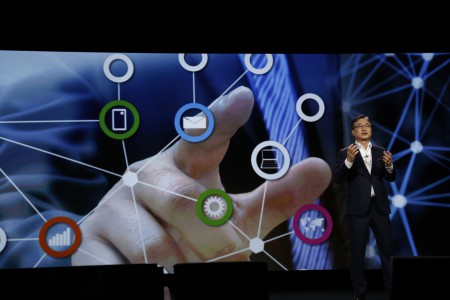
It's the same for the president of Mercedes, who presented his vision of tomorrow’s automobile: an autonomous, electric vehicle which is, of course, also fully connected. The comfort of the passengers will be widely rethought, passengers facing each other, the driver has an interactive central console, and the vehicle becomes a comfortable means of transport in an ultra-connected world. Projects related to power are also making headway even if they no longer occupy center stage, from wireless rechargeable electrical vehicles to hydrogen-powered cars such as those proposed by Toyota for example.
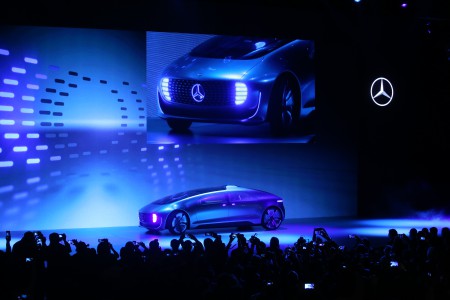
Were there other notable innovations?
I would mention 3D printing and the digitalization of objects; 4K TV and the generalization of curved screens, and the arrival of 8K. Even computer screens are becoming spherical. We no longer speak about tactile technology but rather means of contactless interaction through hand gestures, sometimes incorporating a need for haptic responses to feel the virtual object.
3D seems to be in the past, with augmented reality holding down its place on the top step of the podium: numerous manufacturers and start-ups propose multiple versions of glasses with augmented reality and software that enables immersion in a virtual world.
Sensors are ubiquitous. We have entered the “capture everything” era, and the gradual rise of new forms of human-machine interactions such as cerebral monitoring gradually. Thanks to the progress of the big data and self-learning machines, artificial intelligence is rapidly expanding.
Can these new trends be applied to avionics?
Our future development priorities are in keeping with these new trends: cockpit and passenger connectivity, new screen display technology, augmented reality and even 3D printing
Soon on OnBoard: avionics at tridimensional era
Discover at the up-coming Paris AirShow: The connected aircraft by Thales



